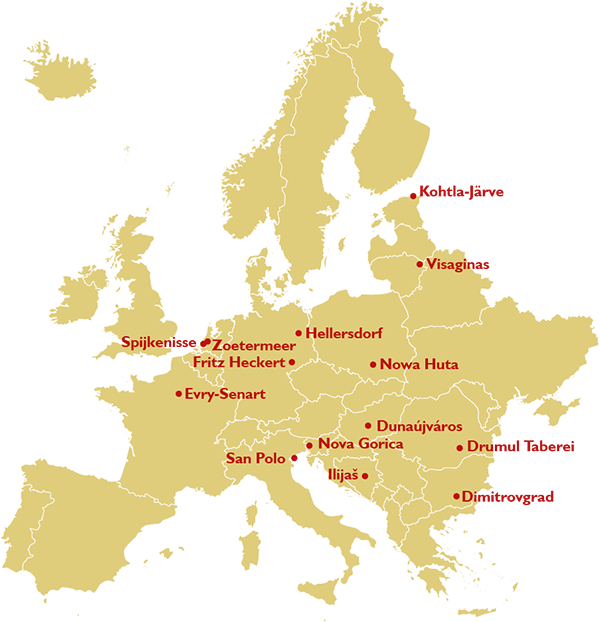Drumul Taberei district is one of the most remarkable materializations of the “socialist city” in Romania. It was built starting with the 1950s as a satellite-city in the outskirts where it used to be an empty field, as many of the early dwellers recall. Designed by a team of young architects, inspired by the modernist paradigm, an initial master plan articulated several micro-rayons along a loop boulevard. Centralised planning, apartments’ standardisation, construction prefabrication and unlimited access to resources, such as public land, amounted to a generous proposition for collective living. It even became a protocol district for the socialist authorities who brought here visiting heads of state here and it became a sanctuary for political refugees from abroad.
Less dependent on a major industrial platform, combined with its lavish green spaces, with its planned educational and civic infrastructure, sport facilities and public transport, Drumul Taberei became a sought-after destination also for other professionals than factory workers, like clerks, teachers, doctors and engineers. Benefiting from a high rate of ownership from the start, dwellers started “bringing each other” into the neighbourhood, creating family- and vicinity-based networks. In time, these relations proved to be more resilient against the fragmentation and disengagement specific to other districts.
However, the planned public grid was never fully completed. The district has always been an unfinished place, thus fertile for ad-hoc adaptations, such as community gardening. After 1989, the state retreat, the massive privatisation and the public infrastructure decay characterised the post-socialist city. Informal practices, developed during late socialism, came in full light and took over the in-between spaces, such as the gardening in between the blocs. Nevertheless, since the 2000s such practices were progressively dismissed by the dominant “civilization” discourse as remains of the “communist past”, being discouraged, forbidden and even evicted by the local administrations. As the more collective practice diminished, gardening became a rather individual and discrete practice, but always ready to bloom again, as it happened during the recent pandemic.
Representative Organisation:
studio BASAR
University of Agronomic Sciences and Veterinary Medicine in Bucharest





